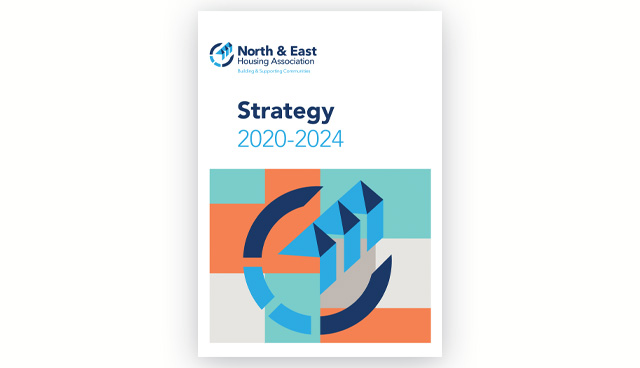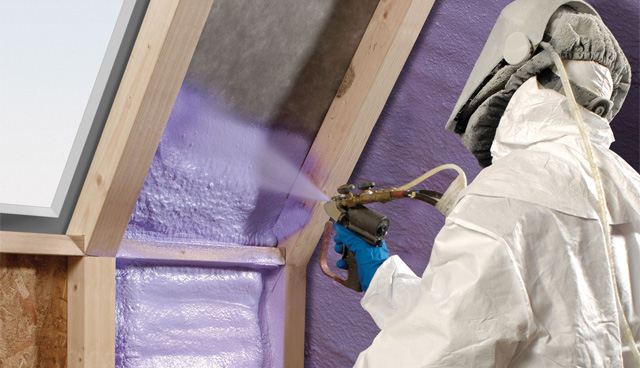
Building on success: North & East Housing Association announces a new Strategic Plan for 2020–2024
20th July 2020
Covid-19: Bursting the Airbnb bubble
21st July 2020Rise of retrofit

The Programme for Government document, otherwise known as Our Shared Future, features the words ‘retrofit(s)’ and ‘retrofitting’ a total of 23 times. Under the Green New Deal mission, the Government outlines its commitment to a National Retrofitting Plan.
Retrofitting is process by which a more advanced technology is retrospectively fitted following initial construction. For instance, in a home this might relate to heating systems, insulation or window glazing. The main objectives of retrofitting are often climate orientated, making dwelling more sustainable and efficient by reducing carbon emissions as well as cost. Simultaneously, retrofitting can contribute to health outcomes for occupants, reducing poor ventilation, draughty rooms and damp.
Climate action
Through Our Shared Future, the new Government has committed to directing relevant funding from the European Green Deal towards various decarbonisation projects, including retrofits. “This will be an important element of our National Economic Plan,” the document states.
The Government has indicated that the Climate Action Bill, promised to be introduced in the Dáil within 100 days, will set a target of net zero emissions by 2050 in law and establish a new Climate Action Council. It has also committed to an average 7 per cent reduction in overall greenhouse gas emissions per annum from 2021 to 2030.
The first policy change for the delivery of this “expanded and deepened climate ambition” listed in the Programme under the Green New Deal mission is the delivery of “a National Aggregated Model of Retrofitting reaching over 500,000 homes by 2030”.
Ambition
Retrofitting represents the built environment’s contribution to climate action and the National Retrofitting Plan is also a component of the National Economic Plan. Among the stated objectives of the plan, which include warmer buildings, energy efficiency and emissions reduction, retrofitting is intended to act as a “crucial economic stimulus”.
The four commitments contained in the National Retrofitting Plan are:
- the development of a new area-based and one-stop-shop approach to retrofitting to upgrade at least 500,000 homes to a B2 energy rating by 2030;
- the grouping together of homes to lower cost, starting in the midlands (where fossil fuel dependency is highest);
- the leveraging of smart finance (including through European Investment Bank); and
- the development of easy pay back mechanisms (i.e. through utility bills).
Delivery
The actions listed to support the delivery of this ambition include:
- designating a National Retrofitting Delivery Body by the end of 2020;
- utilising resources from the National Recovery Fund to immediately finance local authority retrofit programmes and to offer grants to owners of private properties (initially focused on the midlands);
- commencing pilot schemes in early 2021;
- amending the Energy Efficiency Obligation Scheme to boost the supply of retrofits; and
- increasing the number of homes and businesses with Building Energy Ratings (BER) and Display Energy Certificates (DEC).
Additional commitments noted in the Programme include examining the development of “green mortgages and financial products” to help facilitate retrofitting, undertaking a programme to install heat pumps “in homes that are already suitable for the technology, as part of our plan to install 600,000 heat pumps by 2030” and work with tenants and landlords to minimise disruption caused by retrofitting.
It is intended that the National Retrofitting Plan will stimulate a tenfold increase in the size of the existing retrofit industry, providing opportunities for SMEs, while instilling confidence for the establishment of supply chains, training and investment. “We will make Ireland a leader in retrofitting by developing innovative ways in which to roll out retrofitting by lowering the cost and improving efficiency and productivity,” the Programme states.





